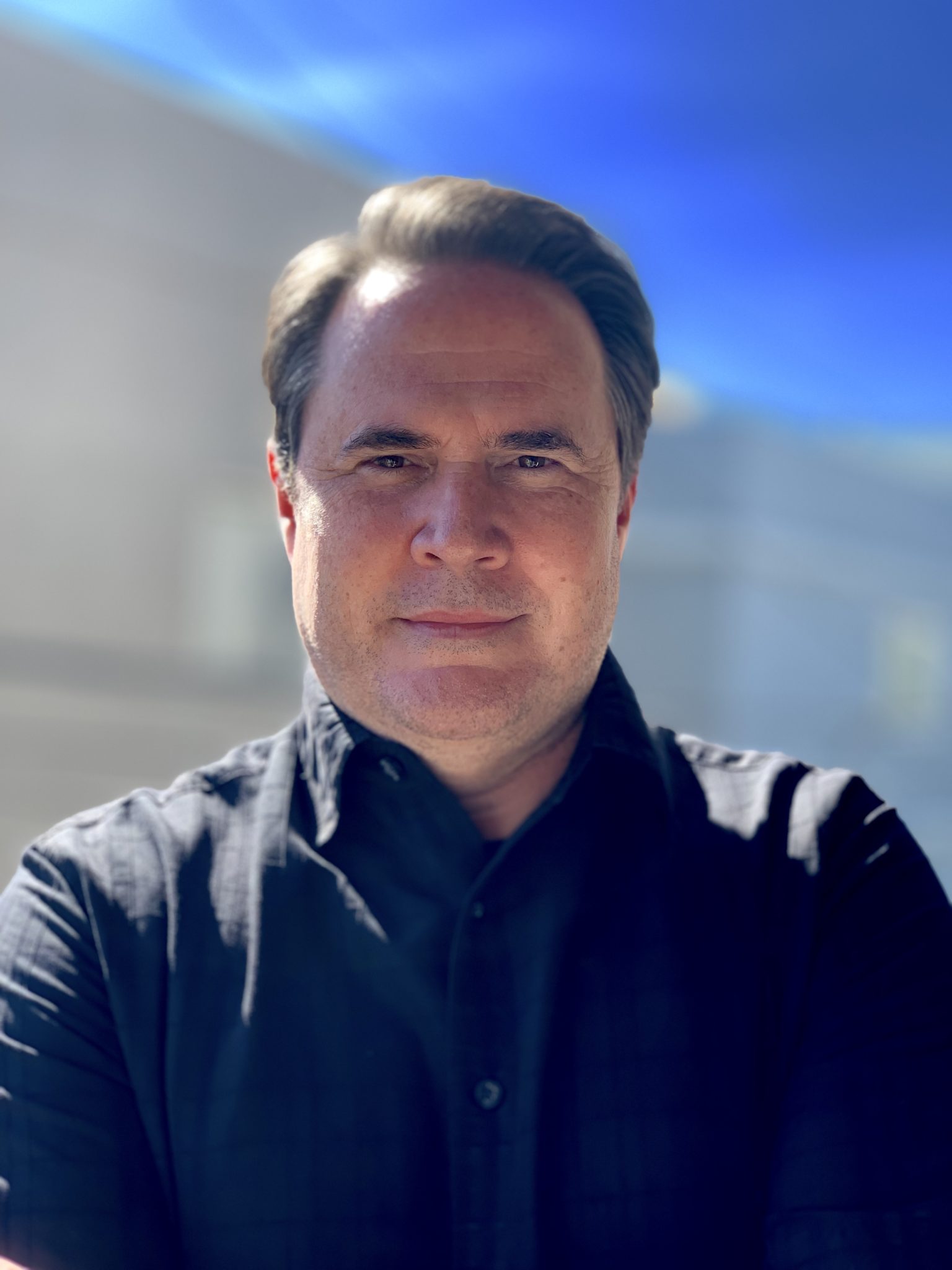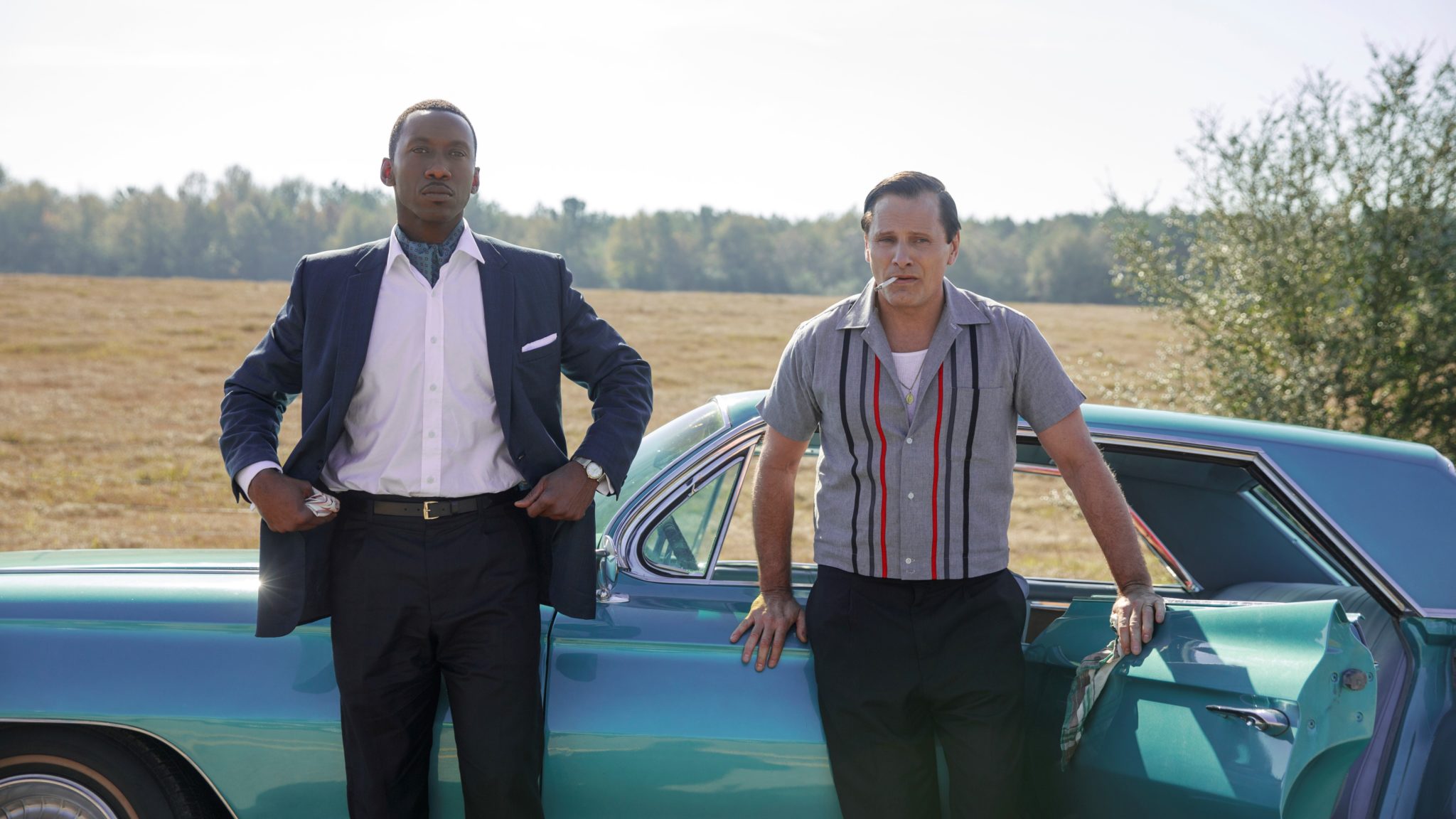
Mixed genres, elements, and challenges on director Peter Farrelly’s first solo effort kept his editor busy helping to craft the true story of a heartwarming but unlikely friendship
As director Peter Farrelly began working on his current acclaimed film, Green Book, he quickly found an old colleague knocking at his door, asking to participate. Editor Patrick Don Vito had worked with Farrelly a couple of times in the past, and happened to read the Green Book script before learning his friend was attached to direct it.
“When I read the script, I immediately wanted to talk to Pete about it,” he told StudioDaily contributor Michael Goldman during their recent conversation for the Podcasts from the Front Lines series. “It was the first script I had read in a long time where I felt something reading the script. I cried reading the script, I laughed reading the script — it was unlike anything I had ever seen before.”
Don Vito says that because Green Book is a complex and layered story that dips into multiple genres at the same time “it’s not any one thing.” The movie is based on a true story about a famous African-American pianist, Don Shirley (Mahershala Ali), and his concert tour of the Jim Crow South in the early 1960s, where he was chauffeured around by an inelegant Italian-American named Tony Vallelonga (Viggo Mortenson). A highly unlikely friendship developed between the two.
What’s complicated from an editing point of view is that the movie mixes genres and various elements liberally. Farrelly, directing solo for the first time as well as helming his first drama, wove together comedic and tense dramatic elements. The movie also examines the road trip genre, the buddy movie, issues of racism in America, romance, and a great deal more.
“The challenge of the movie is the tone,” Don Vito states. “We have some really funny things happening, but also some really dramatic and sad things. So how do you go back and forth between those two? That was the hardest part — getting that balance right.”
Audio-only version:
Subscribe: Apple Podcasts | RSS
During the cutting process, Farrelly and Don Vito had an “easy relationship” during which “Pete let me have my space, to play with things. And then, if we were on location [in New Orleans], he would come in on weekends, for a day, just to kind of see where we were at and shape some things. But then he would let me have the week to try stuff. That was the freeing part of it — I was able to look at fresh elements and not have any influence. And then Pete knew what he wanted. But he’s more than happy to let someone take a stab at something, and then, if it is not working, [he goes back to what he originally envisioned].”
The other big challenge involved making tough calls on what beautiful shots from cinematographer Sean Porter, or funny sequences, to leave out of the film during the editing process.
“The first cut was about 2:40,” he says. “I left everything in on the first cut, musical sequences long. Then we realized it can’t be that long, so we slowly started trimming musical sequences. But what seemed to be the catalyst was we wanted to get Tony and Don into the car together as quickly as possible. The solution was trimming the front end of the movie so that we could get them into the car and on the road trip sooner.”
To hear about lots of other issues faced by filmmakers during the editing process, listen to the entire podcast conversation.
Look for a new episode of Podcasts from the Front Lines every month at StudioDaily.com. Visit our archive of past episodes for more stories from the trenches of modern movie-making.
Sections: Creativity
Topics: Editing Podcast Podcasts from the Front Lines editing patrick don vito
Did you enjoy this article? Sign up to receive the StudioDaily Fix eletter containing the latest stories, including news, videos, interviews, reviews and more.
